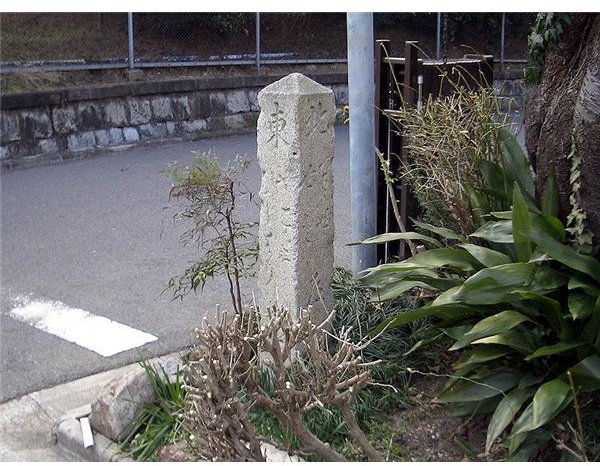How to Fill MS Project Milestones Upon Completion
Milestones in MS Project
As part of creating a project plan in Microsoft Project, the placement of milestones is an important consideration for the project manager. Milestones can be erected along the project’s highway for several purposes. They can act as place markers to recognize the occurrence of important events and give the project’s team the opportunity to celebrate or reflect upon recent experiences. Typical milestones can also act as warning signs of approaching forks in the road at which critical decisions regarding the direction of the project need to be made. The most common milestones include the completion or transition of a task or phase, the securing of external dependencies such as personnel or production equipment, and the scheduling of important meetings or demonstrations for the benefit of the major stakeholders.
There are two basic ways to create or represent milestones in the various editions of Microsoft Project, including the 2003, 2007, and 2010 versions. The first method is to assign a zero duration to the milestone which will appear on the project’s schedule as a diamond shape, but will not impact the finish date or any deadlines. The second method is to assign a duration (a start and finish time to the milestone). Creating milestones in Microsoft Project involves only a few steps and is a fairly straightforward task. To conceptualize the differences between these two types of milestones and how they populate the project’s highway consider a few obstacles that a real life driver may encounter during a trip. A zero duration milestone placed on an actual highway would direct the driver’s attention to an immediate danger, such as a dip in the road, while a milestone with duration would signal a need for the driver’s extended attention to navigate a persistent danger, such as a stretch of uneven pavement. Project managers can better monitor their projects by staying alert on the progress of their milestones and filling in the appropriate completion rates for milestones with durations.
How to Prevent Your Milestones From Getting Lost
The completion of a milestone in MS Project should be clearly visible and not become lost among the tasks on the schedule. One problem with milestones is that once created they are as immobile as their concrete counterparts without the project manager inputting additional information about their completion. The question for project managers is how to best fill in MS Project milestones upon completion. MS Project 2007 offers three basic options to update milestones with durations:
Method 1 (Update the Milestone Directly for the Current or Status Date)
1. Double click the milestone’s name in the Gantt Chart View.
2. Choose the tab labeled General.
3. Select the completion rate and fill in 100 percent.
Method 2 (Update a Milestone by a Specific Date)
1. Click on the Milestone from the Gantt Chart Tools View.
2. On the Tools menu, point to Tracking, and then click Update Project.
3. Click update work as complete through, and then type or select the progress date. (The default will be the current date.)
4. Fill in 100 percent for the completion rate.
Method 3 (Update Milestone With the Scheduled Completion Option)
1. Select the Gantt Chart View.
2. Choose the Update as Scheduled on the Tracking Toolbar.
3. Fill in 100 percent for the completion rate.
MS Project 2010 has streamlined the process by making the selection of milestones and assignment of completion rates simple with options directly on the Task toolbar to insert milestones and completion percentages from 0 to 100 percent in 25 percent increments. Also MS Project 2010 has a feature called Mark on Track to update the completion rate of milestones immediately to show that they continue to be on track for the scheduled completion date. For any of the methods outlined above, confirmation that a milestone has been filled in upon completion will appear as a check mark on the first column in the Gantt chart, reassuring the project manager that an important milestone has not been overlooked.
References and Image Credit
Microsoft Office, Support for Microsoft Project (2003, 2007, and 2010 versions), https://office.microsoft.com/en-us/project-help/.
Author’s experience working with above cited Microsoft Project versions.
Image Credit: Wikimedia Commons/Mercy758
This post is part of the series: Milestones in Project Planning and Scheduling
This series of articles provides information and guidance on incorporating and managing milestones in project planning and scheduling.
